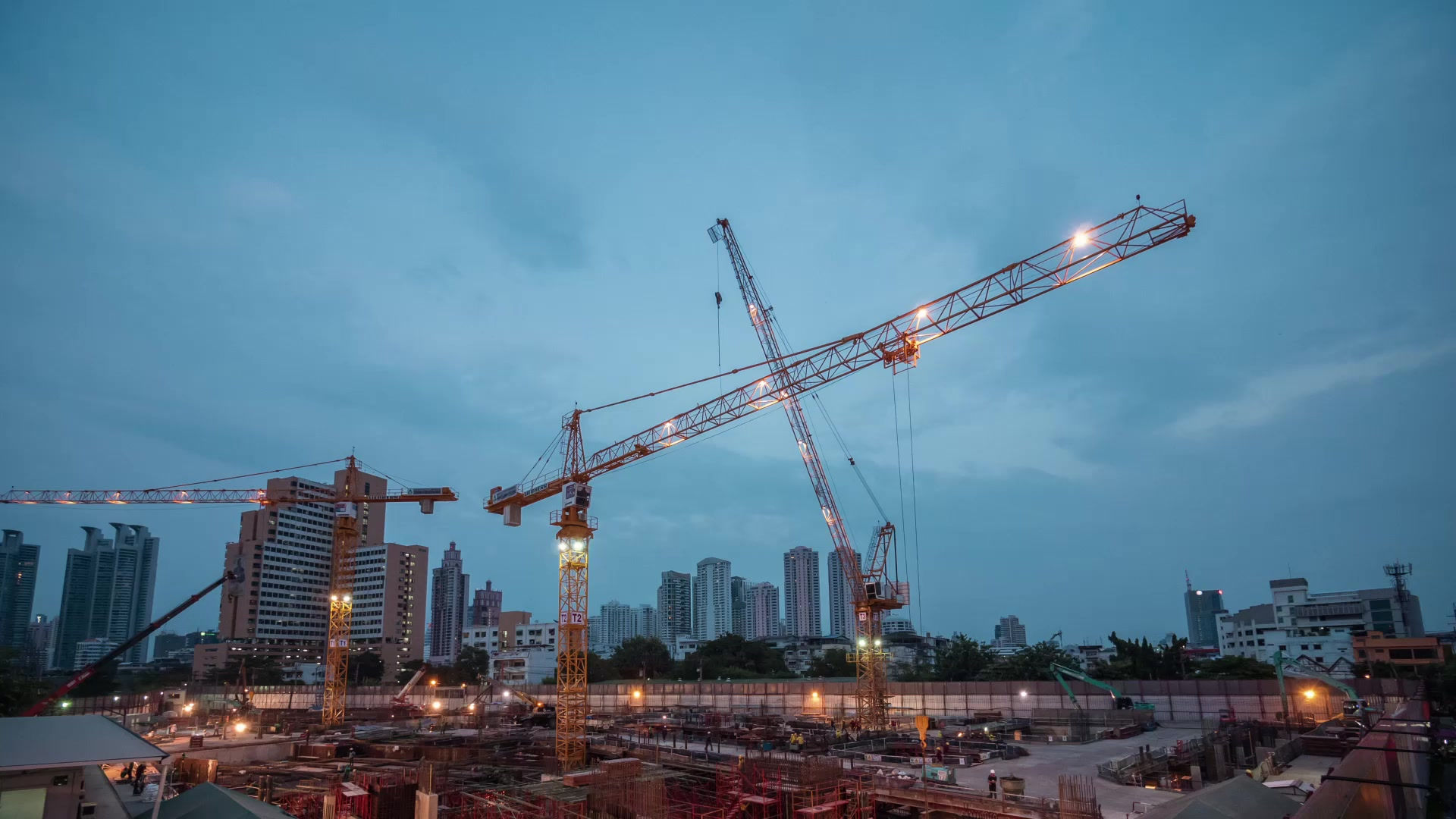Introduction to Rebar: Types and Uses
- Joitech

- Oct 23
- 3 min read

Strengthening Modern Construction
Reinforced concrete is the backbone of modern construction, providing the durability and stability that buildings, bridges, and roads need. However, concrete alone is strong in compression but weak in tension. That’s where rebar comes in. Rebar, or reinforcement steel bars, strengthens concrete and prevents structural failures. Understanding types of rebar in construction, their uses in concrete structures, and their differences is crucial for builders, engineers, and students alike.
What is Rebar?
Rebar is a steel bar or mesh used to reinforce concrete. It enhances the tensile strength of concrete and reduces the risk of cracks. Concrete alone can handle heavy weight but can easily fail under tension or bending. That’s why rebar applications in concrete structures are essential to ensure long-lasting, safe buildings.
Rebar comes in various grades and sizes to suit different construction needs, from residential homes to large infrastructure projects. Its integration into concrete is a simple yet highly effective solution that keeps structures standing strong.
Types of Rebar in Construction
There are several types of rebar in construction, each designed for specific applications:
Carbon Steel Rebar
Most common and cost-effective
Ideal for standard concrete projects
Epoxy-Coated Rebar
Resistant to corrosion
Perfect for structures exposed to water or chemicals
Stainless Steel Rebar
Highly durable and corrosion-resistant
Used in high-value infrastructure
Glass-Fiber Reinforced Polymer (GFRP) Rebar
Lightweight and non-corrosive
Suitable for specialized applications
TMT Steel Rebar
Thermo-Mechanically Treated for extra strength
Flexible and ideal for earthquake-prone areas
Selecting the right type depends on your project requirements, environmental exposure, and budget.
Uses of Reinforcement Steel Bars
Reinforcement steel bars are essential in virtually all concrete-based construction. Key uses of reinforcement steel bars include:
Reinforcing foundations and footings
Supporting columns and beams
Strengthening slabs and walls
Enhancing bridges, dams, and tunnels
Without rebar, concrete would easily crack under stress or heavy load. Proper placement ensures that structures withstand both static and dynamic forces, such as earthquakes or heavy traffic.
Difference Between TMT and Mild Steel Rebar
Understanding the difference between TMT and mild steel rebar is important for construction quality:
Feature | TMT Rebar | Mild Steel Rebar |
Strength | High | Moderate |
Flexibility | Excellent | Moderate |
Corrosion Resistance | Very good | Low |
Cost | Slightly higher | Lower |
Usage | High-rise buildings, bridges | Residential structures |
TMT bars are widely preferred for modern projects due to their superior strength and flexibility, while mild steel may still be used for smaller, less demanding structures.
Rebar Applications in Concrete Structures
Subtitle: Ensuring Durability and Safety
The applications of rebar in concrete structures are vast and vital:
Foundations – Rebars provide tensile strength to prevent settling and cracking.
Beams and Columns – Reinforced bars handle bending forces.
Slabs – Rebar distributes weight evenly across floors.
Bridges and Highways – Critical for handling heavy loads and vibration.
Water Tanks and Dams – Prevents leakage and structural failure.
Proper planning and placement of rebar ensure the longevity and safety of infrastructure projects.
Benefits of Using Rebar in Building Projects
There are multiple benefits of using rebar in building projects:
Enhanced Strength – Supports heavy loads and prevents structural failure.
Crack Control – Reduces formation and spread of cracks in concrete.
Durability – Increases lifespan of buildings and infrastructure.
Cost-Effective – Prevents costly repairs in the future.
Seismic Safety – TMT bars especially improve earthquake resistance.
Using rebar is not just a standard practice—it’s a vital investment for long-term structural integrity.
Tips for Proper Rebar Installation
Follow engineering drawings carefully
Use correct bar spacing and overlap
Ensure proper anchorage at joints
Avoid rust and corrosion before installation
Use spacers to maintain cover from concrete
Proper installation maximizes the strength and durability of reinforced concrete structures.
FAQs About Rebar
Q1: What is the main purpose of rebar?
Rebar reinforces concrete, improving tensile strength and preventing cracks.
Q2: What is the difference between TMT and mild steel rebar?
TMT is stronger, more flexible, and corrosion-resistant compared to mild steel.
Q3: Can rebar prevent earthquakes from damaging buildings?
Yes, especially TMT bars, which provide better flexibility and structural resilience.
Q4: Where is epoxy-coated rebar used?
In water-exposed structures like bridges, docks, and marine constructions.
Q5: How do I choose the right type of rebar for my project?
Consider environmental exposure, structural requirements, and budget.
Conclusion: Reinforcing the Future of Construction
Rebar is more than just steel—it’s the backbone of safe and durable concrete structures. Understanding the types of rebar in construction, their uses, and their advantages ensures that your projects last longer, withstand stress, and meet safety standards. Whether it’s TMT bars for high-rise buildings or epoxy-coated bars for coastal projects, using the right reinforcement is critical for success.





Comments